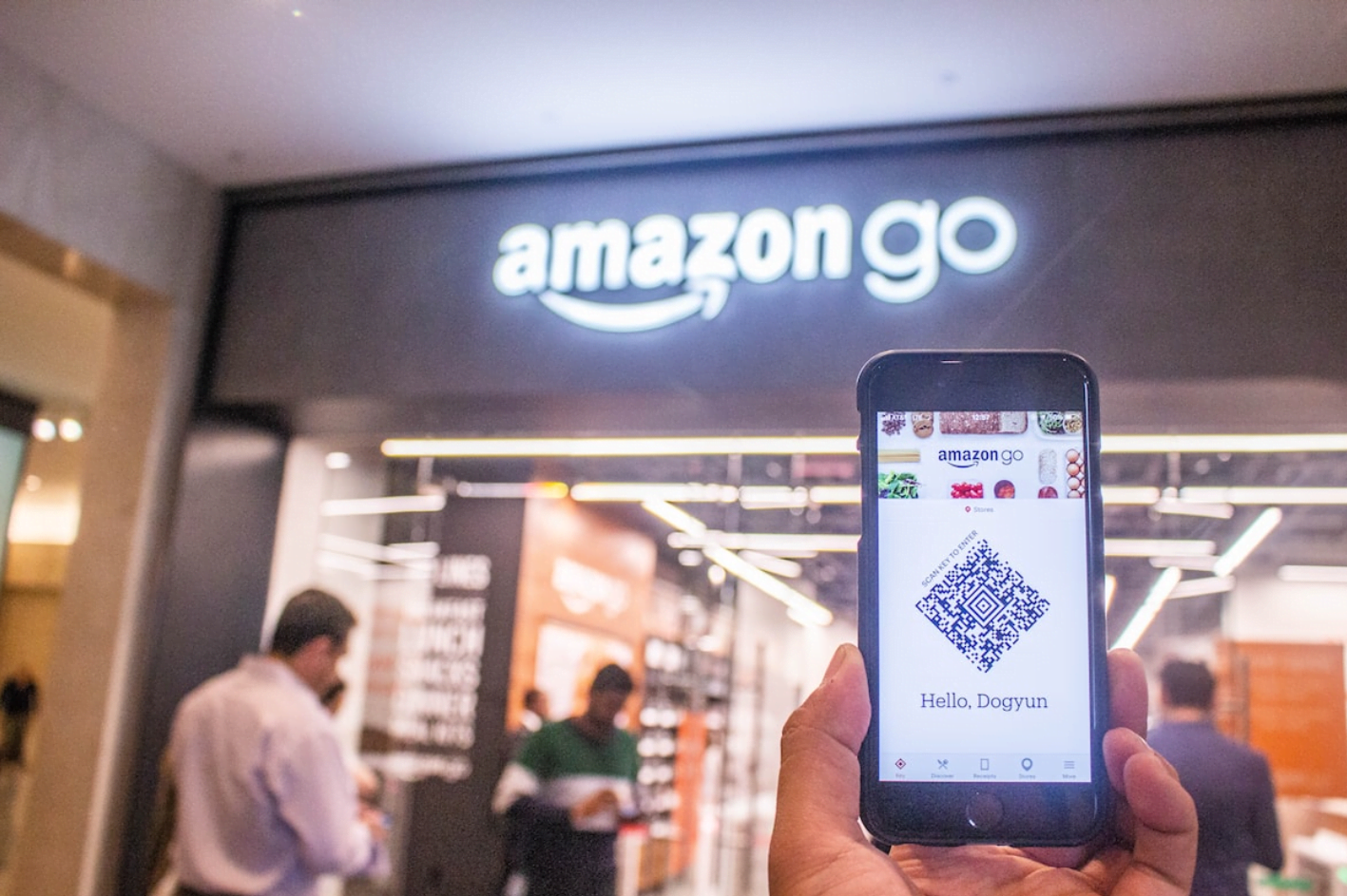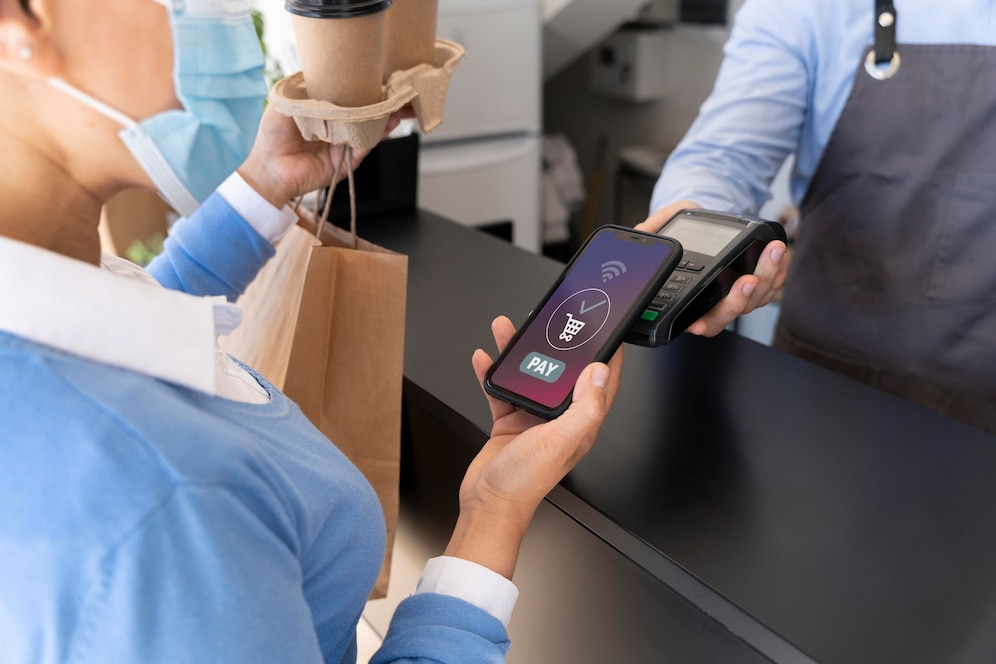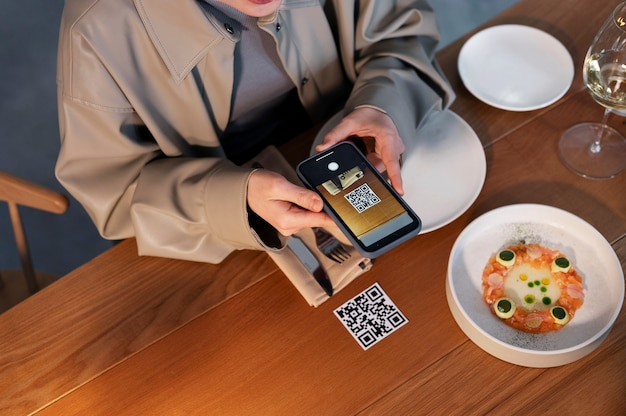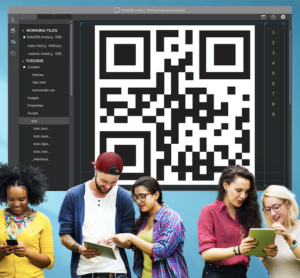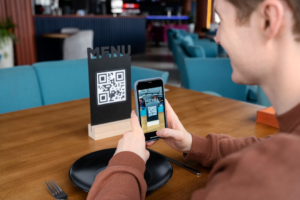In today’s digital age, businesses are constantly seeking innovative ways to engage with their customers and enhance their overall brand experience. One effective strategy that has gained popularity is the use of QR codes on product labels. QR codes, or Quick Response codes, are two-dimensional barcodes that can be scanned using a smartphone or QR code reader. By adding QR codes to your product labels, you can unlock a range of benefits and opportunities for both your business and your customers. In this article, we will explore how and why to incorporate QR codes into your product labels.
Why Use QR Codes on Product Labels?
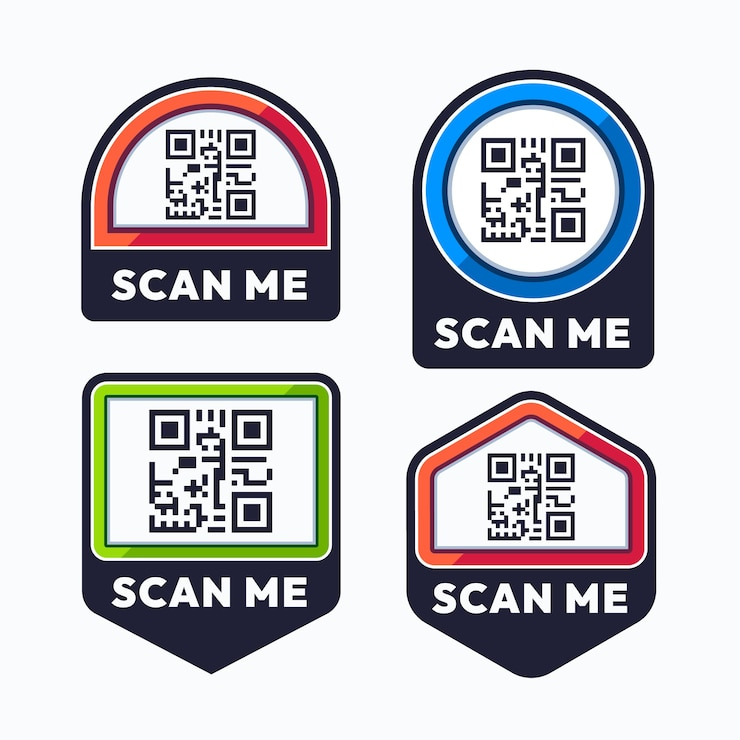
Enhanced Product Information
QR codes provide an efficient way to offer detailed information about your products. By linking the QR code to a landing page or digital content, you can provide customers with specifications, usage instructions, care guidelines, and other relevant information that may not fit on the physical label.
Marketing Opportunities
QR codes open up new avenues for marketing and promotional activities. You can use QR codes to direct customers to exclusive offers, discounts, or loyalty programs. This helps to incentivize purchases, build customer loyalty, and encourage repeat business.
Brand Storytelling
QR codes can be utilized to share your brand’s story and values. You can link the QR code to a video or interactive content that showcases the journey behind your product, the manufacturing process, or the people involved. This adds a personal touch and allows customers to connect with your brand on a deeper level.
Consumer Engagement
QR codes provide an interactive element to your product labels, increasing customer engagement. You can create engaging experiences such as gamified content, quizzes, or surveys that customers can access by scanning the QR code. This not only creates a memorable experience but also helps you gather valuable consumer insights.
Trackable Analytics
By using QR codes, you can track and analyze customer behavior and engagement. QR code generators often provide tracking capabilities that allow you to monitor metrics such as the number of scans, user demographics, and the time and location of scans. This data can help you measure the effectiveness of your label campaigns and make data-driven marketing decisions.
How to Add QR Codes to Your Product Labels:

- Determine the Purpose: Identify the primary goal of incorporating a QR code into your product label. Is it to provide product information, offer discounts, or enhance customer engagement? Clearly defining the purpose will help you create a relevant and effective QR code strategy.
- Select a QR Code Generator: Choose a reliable QR code generator that suits your needs. Look for generators that offer customization options, tracking capabilities, and easy integration with your label design. Popular options include QRCode Monkey, QRStuff, and QR Code Generator.
- Generate and Customize the QR Code: Use the chosen QR code generator to create your QR code. Input the desired content, such as a URL, coupon code, or video link. Customize the QR code’s appearance by adjusting colors, adding your logo, or incorporating design elements that align with your brand identity.
- Test the QR Code: Before finalizing your product labels, test the QR code to ensure it functions correctly. Scan it using various QR code scanning apps and different devices to ensure compatibility and a seamless user experience.
- Integrate the QR Code into the Label Design: Incorporate the QR code into your product label design strategically. Ensure it is clearly visible and easy to scan, taking into consideration factors such as size, placement, and contrast. Make it visually appealing while maintaining its scannability.
- Educate and Instruct: Include clear instructions on how to scan the QR code on your product label. Not all customers may be familiar with QR codes, so providing simple instructions will encourage them to engage with the code and access the digital content.
- Monitor and Analyze: Once your product labels with QR codes are in circulation, track and analyze their performance. Use the tracking capabilities of your QR code generator to gain insights into customer engagement, scan rates, and other relevant metrics. This data will help you optimize your label campaigns and refine your marketing strategies.
Best Practices for QR Codes on Product Labels:
- Keep it Simple: Avoid cluttering your label with excessive information or multiple QR codes. Focus on one primary call-to-action to avoid confusing customers.
- Ensure Label Durability: Use high-quality label materials and printing techniques to ensure that the QR codes remain scannable even after extended use or exposure to environmental factors.
- Regularly Update Content: If the content linked to your QR code changes, update the QR code accordingly. Create a new QR code with the updated information to provide customers with accurate and relevant content.
- Offer Value: Ensure that the content accessed through the QR code provides value to the customers. Whether it’s exclusive offers, product tips, or additional information, make sure it enhances their experience and incentivizes future interactions.
- Consider Localization: If your products are distributed internationally, consider creating localized QR codes that direct customers to content in their preferred language. This personalized approach helps to cater to diverse customer needs.
FAQs (Frequently Asked Questions)
Are QR codes compatible with all smartphones?
Yes, QR codes are compatible with most modern smartphones that have a built-in camera and a QR code scanning app. However, it’s advisable to provide instructions on how to scan the QR code to ensure maximum participation.
Can I track the performance of my QR code campaigns?
Yes, many QR code generators offer tracking capabilities that allow you to monitor metrics such as the number of scans, user demographics, and engagement levels. This data helps you measure the effectiveness of your label campaigns and make informed marketing decisions.
Can I use multiple QR codes on a single label?
While it is possible to use multiple QR codes on a label, it’s generally recommended to focus on one primary QR code to avoid overwhelming customers. Keep the label design clean and straightforward.
Can I change the content linked to a QR code after it’s printed?
No, once a QR code is printed on a label, the content linked to it cannot be changed. If you need to update the content, you’ll have to create a new QR code with the updated information.
Are QR codes secure?
QR codes themselves do not pose security risks. However, it’s essential to ensure that the content linked to the QR code is secure. Use trusted sources and secure landing pages to protect users from potential threats or scams.
Conclusion
Incorporating QR codes into your product labels offers numerous advantages for both your business and your customers. It enhances product information, creates marketing opportunities, fosters brand storytelling, increases consumer engagement, and provides valuable analytics. By following the steps outlined in this guide and adhering to best practices, you can effectively integrate QR codes into your product labels and leverage their benefits to drive customer satisfaction, loyalty, and business growth.

